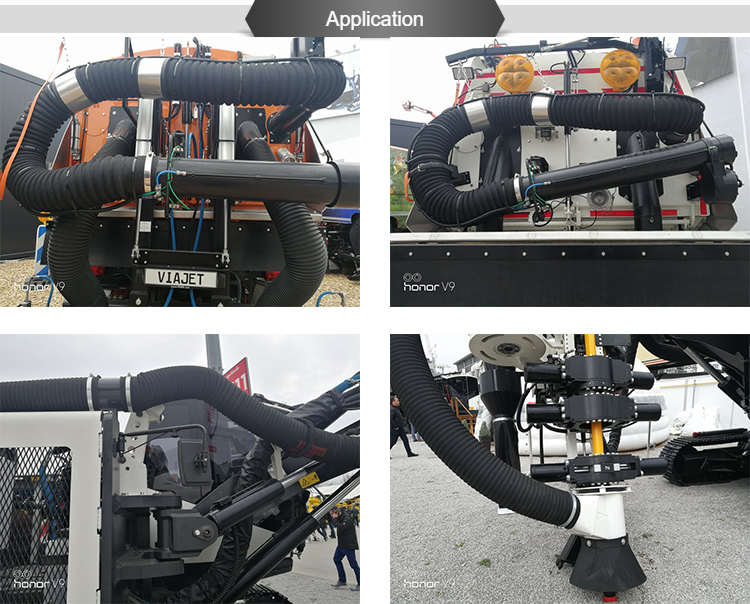Every product serves a unique function. Even a tiny screw plays an irreplaceable role—and the sweeper hose we’re discussing today is no exception.
We see street sweepers hard at work every day, keeping our streets clean. Look closely at the bottom of these trucks, and you’ll notice a rubber hose—that’s the sweeper hose. While it’s just a spare part, its role is critical.
So what should you consider when buying sweeper hoses? Let’s start with their real-world use to find out.
How to Choose a Sweeper Hose
First, today’s market offers countless hose options. That’s why, when buying a sweeper hose, you must check if the supplier meets relevant process standards. Many hoses from small workshops cut corners and fail to comply with regulations, so always opt for a reliable supplier.
Second, pay close attention to the sweeper hose’s hydrolysis resistance. These hoses travel with the vehicle daily, navigating streets and handling diverse mediums. Along the way, they’ll come into contact with all kinds of liquids, making hydrolysis resistance key.
Third, don’t overlook the hose’s antibacterial and flame-retardant properties. Garbage harbors all sorts of bacteria, so the hose must fight off microbes effectively. But why flame retardant? Because during work, the hose rubs against the ground. Without flame retardancy, this friction could spark dangerous accidents.
Fourth, the hose must resist corrosion and static. Sweeper work generates static through friction—lots of it, in fact, as the truck moves and the hose rubs against surfaces. Only with antistatic properties can the sweeper hose perform safely and reliably.





